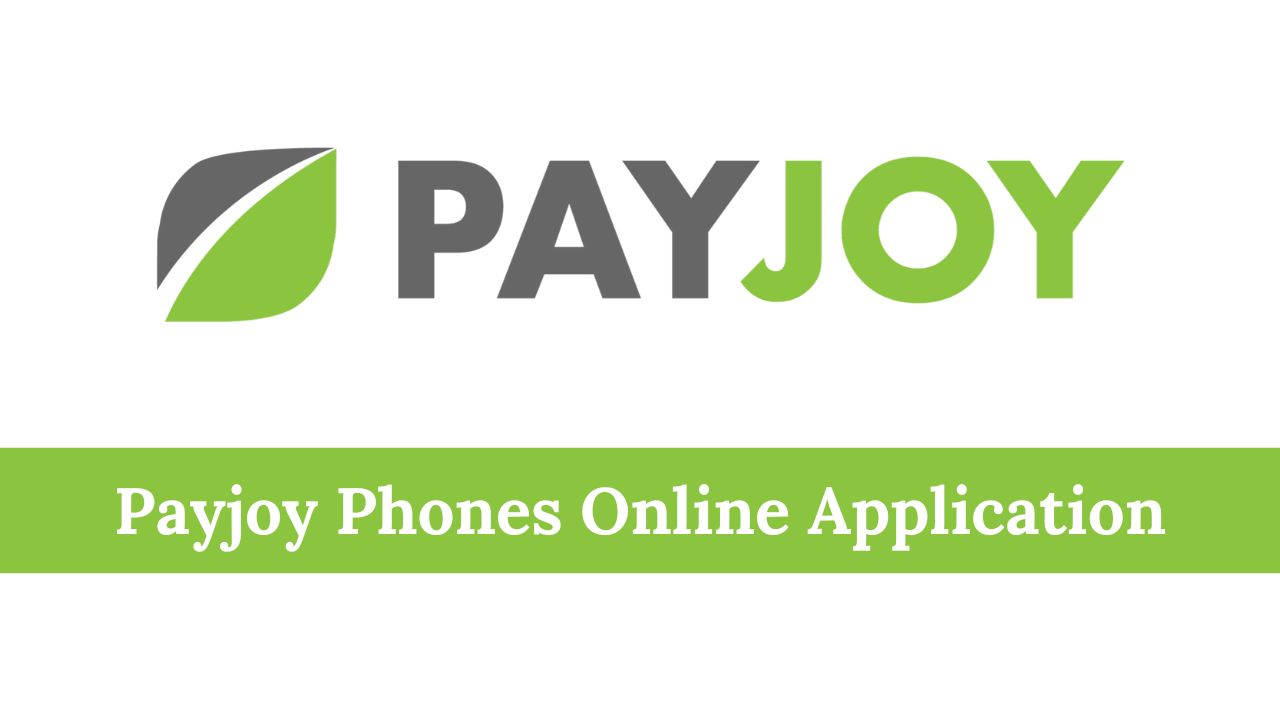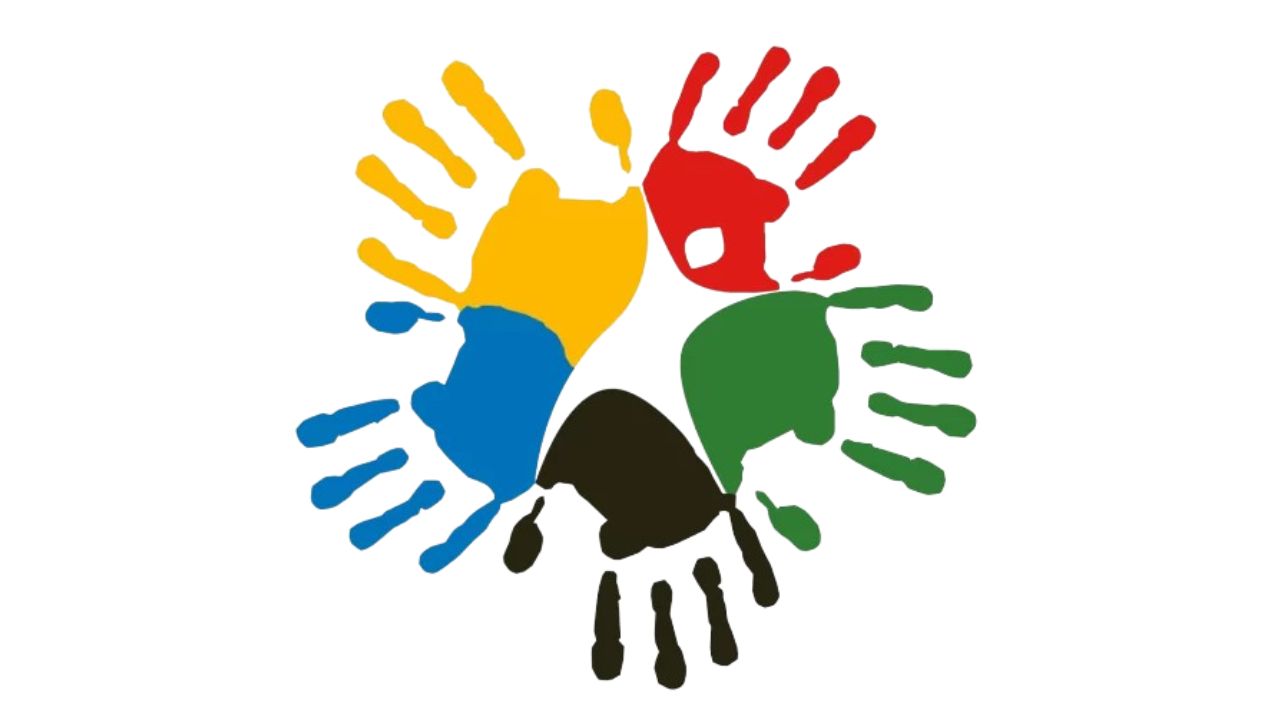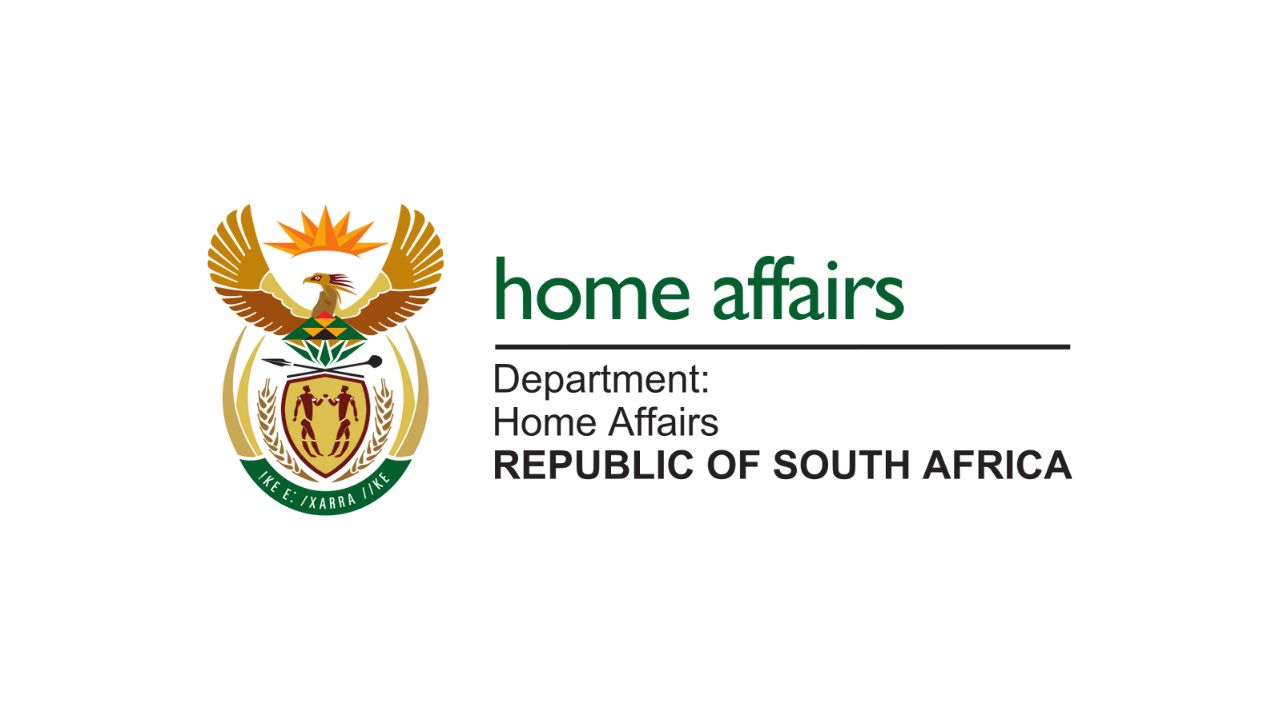South Africa Online Passport Application Forms 2025
South Africa Online Passport Application Forms 2025. If you're planning to apply for a South African passport in 2025, it's essential to understand the online application process and the required…
South Africa Passport Application Requirements
South Africa Passport Application Requirements. Applying for a South African passport requires careful attention to official documentation and timelines. Whether you are applying for a regular passport, a child passport,…
How Long Does an ID Application Take in South Africa?
How Long Does an ID Application Take in South Africa? Are you wondering how long it takes to get your South African ID? Whether you're applying for a first-time ID,…
How Do I Book an Appointment at Home Affairs for ID?
How Do I Book an Appointment at Home Affairs for ID? If you're tired of standing in long queues to apply for or renew your South African ID, the Department…
www.dha.gov.za ID Application Login
www.dha.gov.za ID Application Login. The Department of Home Affairs (DHA) of South Africa has simplified the way citizens access essential services like ID applications, smart ID cards, and passport renewals…
Passport Application Online for South Africa
Passport Application Online for South Africa. If you’re planning to travel abroad, the most essential document you’ll need is a passport. Whether it's for vacation, work, study, or official government…
SMU Online Application 2025 & 2026
SMU Online Application 2025 & 2026. Are you ready to kickstart your academic journey at Sefako Makgatho Health Sciences University (SMU)? Whether you're a first-time applicant or a returning student,…
Ackermans Account Application Online 2025
Ackermans Account Application Online 2025. Are you looking to open an Ackermans account online in 2025? With its array of affordable clothing, accessories, and homeware, Ackermans makes it easy to…
Top Universities With No Application Fee in 2025
Top Universities With No Application Fee in 2025. For many students across South Africa and globally, applying to universities can be expensive. In addition, there are several prestigious universities with…
Can I Apply With My Grade 12 June Results at UCT?
Can I Apply With My Grade 12 June Results at UCT? If you're a Grade 12 student in South Africa, one of the most exciting yet daunting moments is applying…
Ikhala TVET College Online Application for 2025
Ikhala TVET College Online Application for 2025. Ikhala TVET College is a premier institution in South Africa, offering top-quality vocational education and training. If you’re planning to apply for the…
Apply to uMfolozi TVET College Online for 2025
Apply to uMfolozi TVET College Online for 2025. Are you planning to apply to uMfolozi TVET College for the 2025 academic year? This guide will walk you through the uMfolozi…
WCED Warns Parents of Looming Grade 8 Application Deadline
WCED Warns Parents of Looming Grade 8 Application Deadline. The Western Cape Education Department (WCED) has issued a critical reminder to parents with children in Grade 7 to complete their…
Funza Lushaka Bursary Used Full Budget Amid Funding Cuts
Funza Lushaka Bursary Used Full Budget Amid Funding Cuts. The Funza Lushaka Bursary Programme, a crucial initiative supporting aspiring teachers in South Africa, has demonstrated remarkable resilience despite financial constraints.…
PDP Online Application Gauteng
PDP Online Application Gauteng. If you're a driver in South Africa looking to apply for a Professional Driving Permit (PDP) in Gauteng, this guide will walk you through the entire…
University of Western Cape Online Application 2026
University of Western Cape Online Application 2026. The University of the Western Cape (UWC) remains one of South Africa’s most esteemed institutions, offering top-quality education to thousands of students from…
Edupower Learnership Application 2025
Edupower Learnership Application 2025. EduPower is a prominent training and development provider offering valuable learnerships across South Africa. If you are keen on advancing your career through a learnership program,…
Tshwane South College Online Application 2025
Tshwane South College Online Application 2025. If you are planning to pursue your studies at Tshwane South College, the online application for 2025 is now open! This comprehensive guide will…
Metro Police Application Forms 2025
Metro Police Application Forms 2025. Are you looking to join the Metro Police force in 2025? This comprehensive guide will walk you through all the essential details, including application dates,…
Sportscene Job Application Online – Applying for Jobs at Sportscene
Sportscene Job Application Online - Applying for Jobs at Sportscene. Sportscene is one of South Africa’s most popular retail brands, known for its trendy streetwear, sneakers, and sports apparel. As…
ECD Online Application for 2025 Form PDF
ECD Online Application for 2025 Form PDF. Early Childhood Development (ECD) is a crucial phase in a child’s growth, and ensuring a smooth admission process is essential for parents and…
Traffic Officer Learnership 2025 Online Application
Traffic Officer Learnership 2025 Online Application. If you are passionate about road safety and enforcing traffic laws in South Africa, applying for the Traffic Officer Learnership 2025 is a great…
Payjoy Phones Online Application
Payjoy Phones Online Application. In today’s fast-paced digital world, having a smartphone is essential. However, purchasing a brand-new device upfront can be expensive. That’s where PayJoy phones online application comes…
MR Price Account Application Online
MR Price Account Application Online. Mr Price is one of South Africa's most popular retail brands, offering stylish and affordable clothing, homeware, and accessories. If you're looking to shop with…
North West University Online Application
North West University Online Application. Applying to a university is an exciting yet crucial step in every student’s academic journey. If you’re considering North-West University (NWU) for your higher education…
Clover Learnerships 2025 – Pro-Star Milk Procurement Learnership Opportunity
Clover Learnerships 2025 - Pro-Star Milk Procurement Learnership Opportunity. Clover, a renowned name in the South African dairy industry, is currently recruiting for its Pro-Star Milk Procurement Learnership. This exciting…
Exciting Apprenticeship Opportunities at the City of Cape Town
Exciting Apprenticeship Opportunities at the City of Cape Town. The City of Cape Town is offering fantastic apprenticeship opportunities in its Electrical Department, making it an excellent chance for aspiring…
SASKO Job Application 2025 – Apply Online for Exciting Career Opportunities
SASKO Job Application 2025 – Apply Online for Exciting Career Opportunities. SASKO, a renowned name in the South African baking industry, is offering multiple job opportunities for individuals seeking employment…
Covid-19 Social Relief of Distress Grant
Covid-19 Social Relief of Distress Grant. The COVID-19 Social Relief of Distress (SRD) Grant was introduced by the South African government as an emergency intervention to support unemployed citizens and…
Home Affairs Smart ID Online Application
Home Affairs Smart ID Online Application. In today's fast-paced world, South Africans are increasingly looking for convenient ways to apply for their Smart ID cards without having to endure long…





























